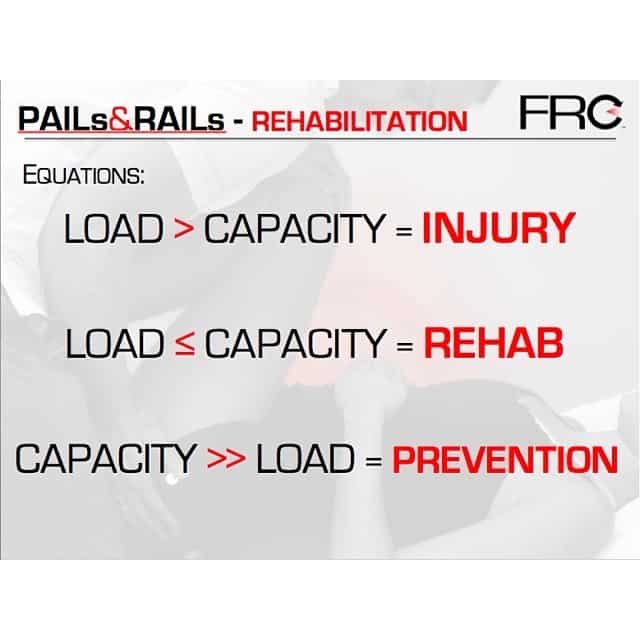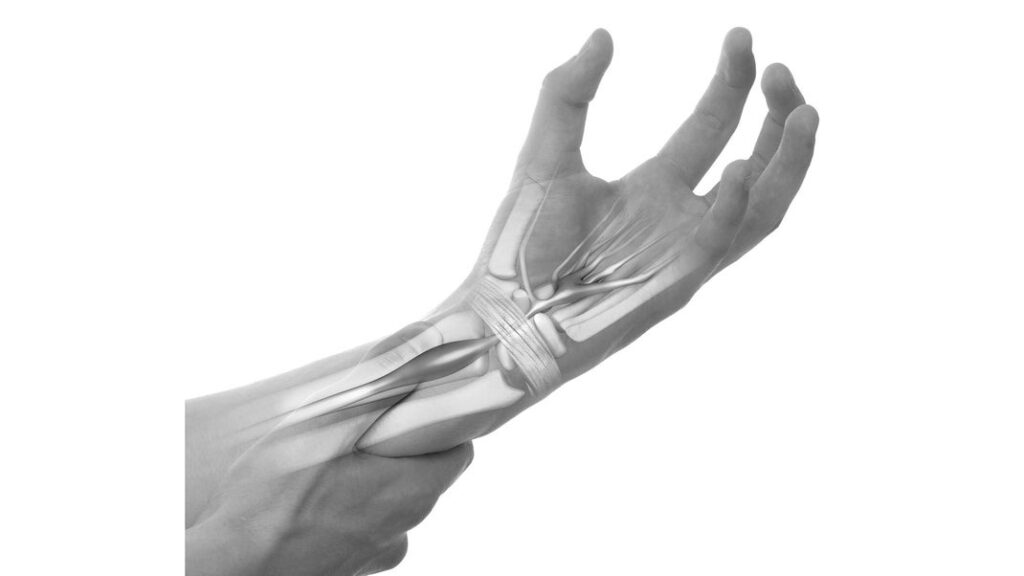There are two types of forces can impose loads on a tissue during work. External loads refer to those forces that are imposed on the body as a direct result of gravity acting on an object being lifted or manipulated by a person. However, in order to maintain equilibrium, this external force must be counteracted by an internal force that is generated by the muscles within the arm.
It is not unusual for the magnitude of the internal load to be much greater—often 10 times greater—than the external load. Consequently, it is the internal loading that contributes most to cumulative trauma of the musculoskeletal system during work.
The net sum of the external load and the internal load defines the total loading experienced at the joint. Therefore, when assessing a workstation the ergonomist must not only consider the externally applied load but also must be particularly sensitive to the magnitude of the internal forces that ultimately load the musculoskeletal system.

The key to proper workplace design is based on the premise of designing tasks so that the internal loads are minimized. Internal forces can be thought of as both the component that loads the tissue and a structure that can be subject to overexertion. Thus, muscle strength or capacity can be considered as a tolerance measure. If the forces
imposed on the muscles and tendons as a result of the task exceed the strength (tolerance) of the muscle or tendon, injury is possible.
Several components of the physical work environment (biomechanical arrangement of the musculoskeletal lever system, length-strength relationships, velocity characteristics, and temporal relationships) can be manipulated through work design in order to facilitate this goal and serve as the basis for many ergonomic recommendations.
